//Geometry
The premise of the project was to make an environmentally friendly hut. Since the hut was to be built in a warm climate, the main passive environmental strategy was to minimize overheating during the day.
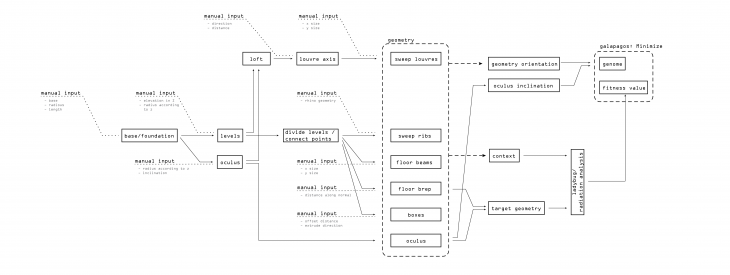
Pseudo-Code
The Pseudo-Code represented above showcases the initial logistical approach. It is divided into two parts: geometry and genetic optimization.
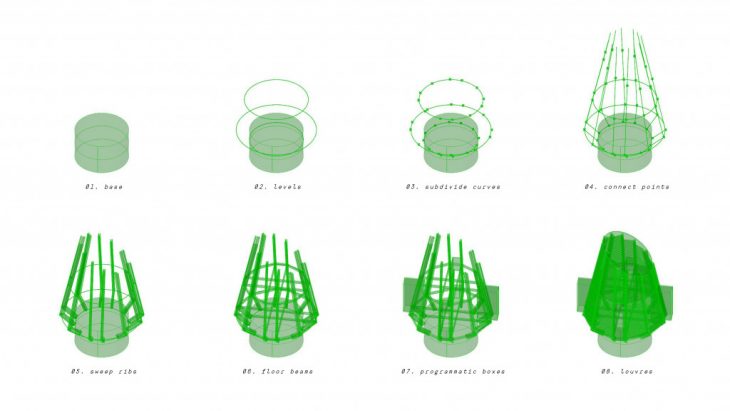
Geometry Generation
The pseudo-code is then applied in grasshopper in order to generate the geometry. The geometry is entirely parametric and can be easily reparametrized according to the needs and design preferences.
//Genetic Optimization
/Gene Variables

Gene Variables
The geometry orientation, along with the oculus inclination would play a key role in geometry optimization (since louvers were designed to be flexible and operable directly by users, they weren’t included in the optimization script).
Iterations:
Oculus inclination and geometry orientation optimization:
> minimizing radiation on the oculus and floor surfaces
/Fitness Values
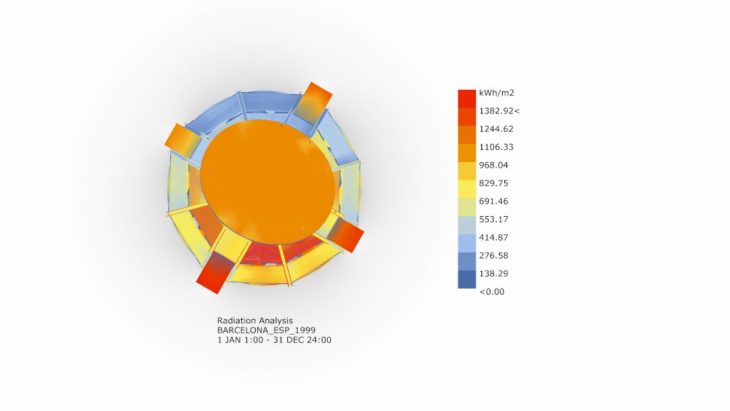
Radiation Analysis
Yearly radiation analysis:
- needed in order to optimize the oculus inclination and the general orientation
/Geometry Catalog
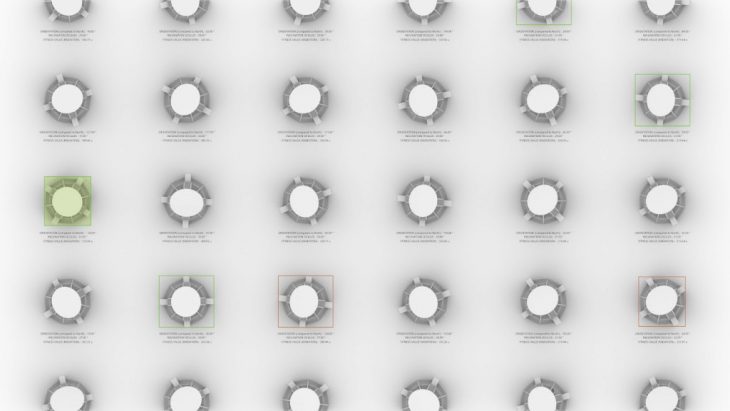
Geometry Catalog
After running Galapagos we were able to create a catalog of optimized geometries and pick the best option. In our case, the option that receives the least amount of sun on its oculus and interior horizontal surfaces.
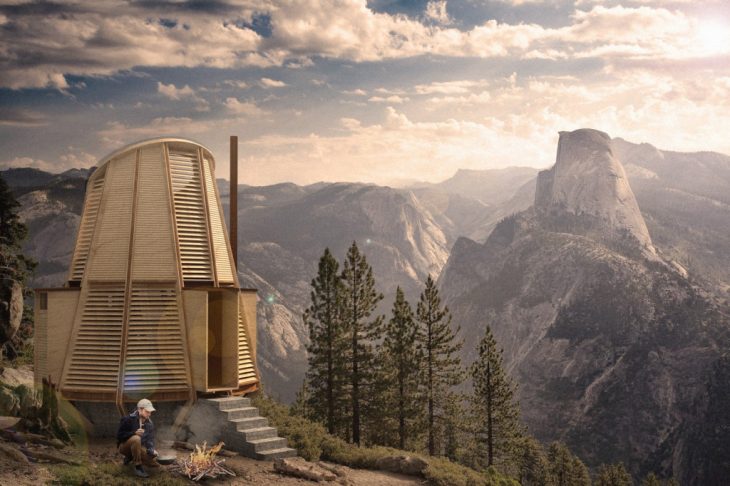
Exterior Render
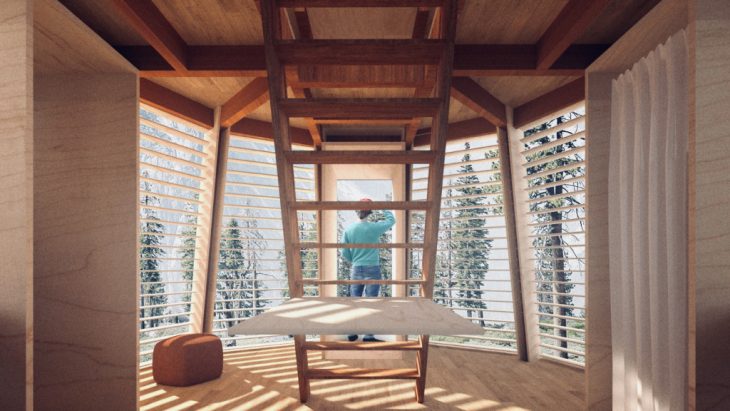
Interior Render: First Floor
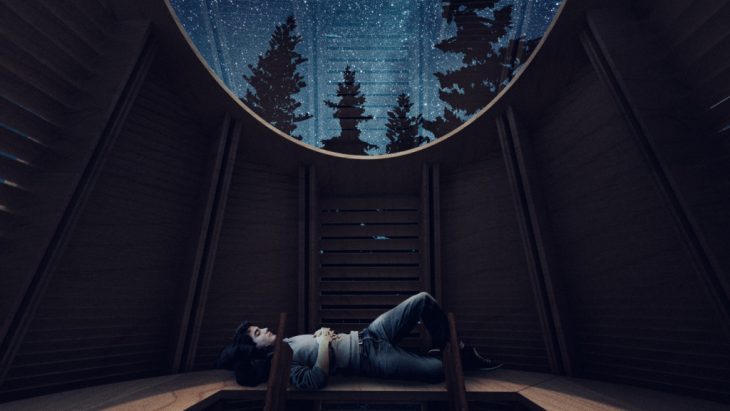
Interior Render: Second Floor
</p>
SKYWELL31°, 2020; Faculty: Rodrigo Aguirre; Students: Francesco Polvi, Dusan Savicevic